Tesla Powerwall 3 Rebate Now Available - Combine with Federal Subsidy Today
Tesla Powerwall 3 Rebate Now Available - Combine with Federal Subsidy Today
Posted 11 Jun
With the announcement of the Australian battery rebate/subsidy, homes and businesses doing research are finding battery options from big brands like BYD and Sungrow. But which has better battery storage options?
|
|
BYD Battery-Box (HVM) |
Sungrow SBH |
Sungrow SBR |
| Capacity Range (per stack) |
8.3 kWh – 22.08 kWh |
20 kWh – 40 kWh |
6.4 kWh – 25.6 kWh |
| Modules Per Stack |
3-8 Modules |
4-8 Modules |
2-8 Modules |
| Units per stack |
3 Units in Parallel |
4 Units in Parallel |
4 Units in Parallel |
| Stackable & Modular Design |
Y |
Y |
Y |
| Plug & Play Connection |
Y |
Y |
Y |
| Battery Technology |
Lithium Iron Phosphate (LFP) |
Lithium Iron Phosphate (LFP) |
Lithium Iron Phosphate (LFP) |
| Nominal Power |
7.65 kW – 20.45 kW |
14.08 kW – 28.16 kW |
3.84 kW – 15.36 kW |
| Warranty |
10 Years |
10 Years |
10 Years |
| Coupling |
AC & DC Coupled |
AC & DC Coupled |
AC & DC Coupled |
Battery Comparison
Whilst both BYD and Sungrow batteries are designed and manufactured by the different companies, they share a lot of unique similarities in their design and features.
When comparing the BYD battery-box HVM and Sungrow SBR series, they share similarities in useable battery capacity of around 7-24 kWh, giving customers a comfortable range in finding the right capacity for their home or business. The Sungrow SBH series is the newest of the batteries, providing higher capacity options of up to 40kWh per unit, which may be a better option for single-stack capacity requirements.
They also share similarities in modularity and the ability to ‘plug and play’ when adding modules to the battery units, with the feature of enabling stacking of up to 3-4 units in parallel for extended capacity.
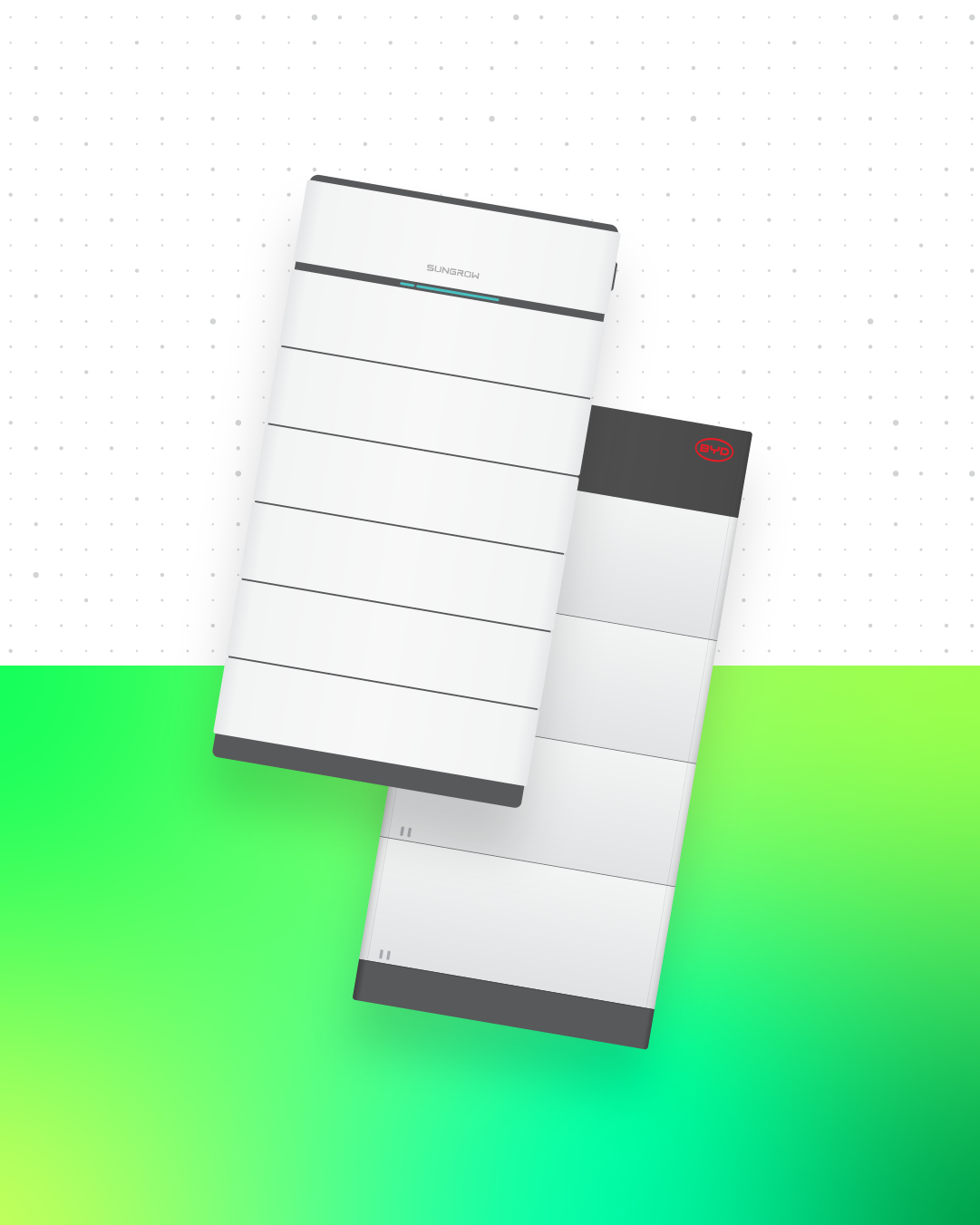
Whilst posing similarities, all units can serve unique purposes that will enable certain customers to take advantage of.
BYD Battery-Box is the choice for Fronius-based solar systems, as BYD offer direct integration with Fronius inverters. BYD battery-box is also ideal for off-grid systems as its integration performs best when paired with Fronius and Selectronic-based systems.
Sungrow’s SBH series offers much higher battery capacity than the SBR series and BYD battery-box, with the starting capacity of 20kWh, and increases by 5kWh for each module and maxing out at 40kWh per stack/unit.
Sungrow’s SBR model is an ideal choice for cost-effective storage solutions, enabling more households and businesses to get into battery storage. Starting at 6.4kWh capacity, the battery then can be upgraded later to accommodate higher energy consumption.
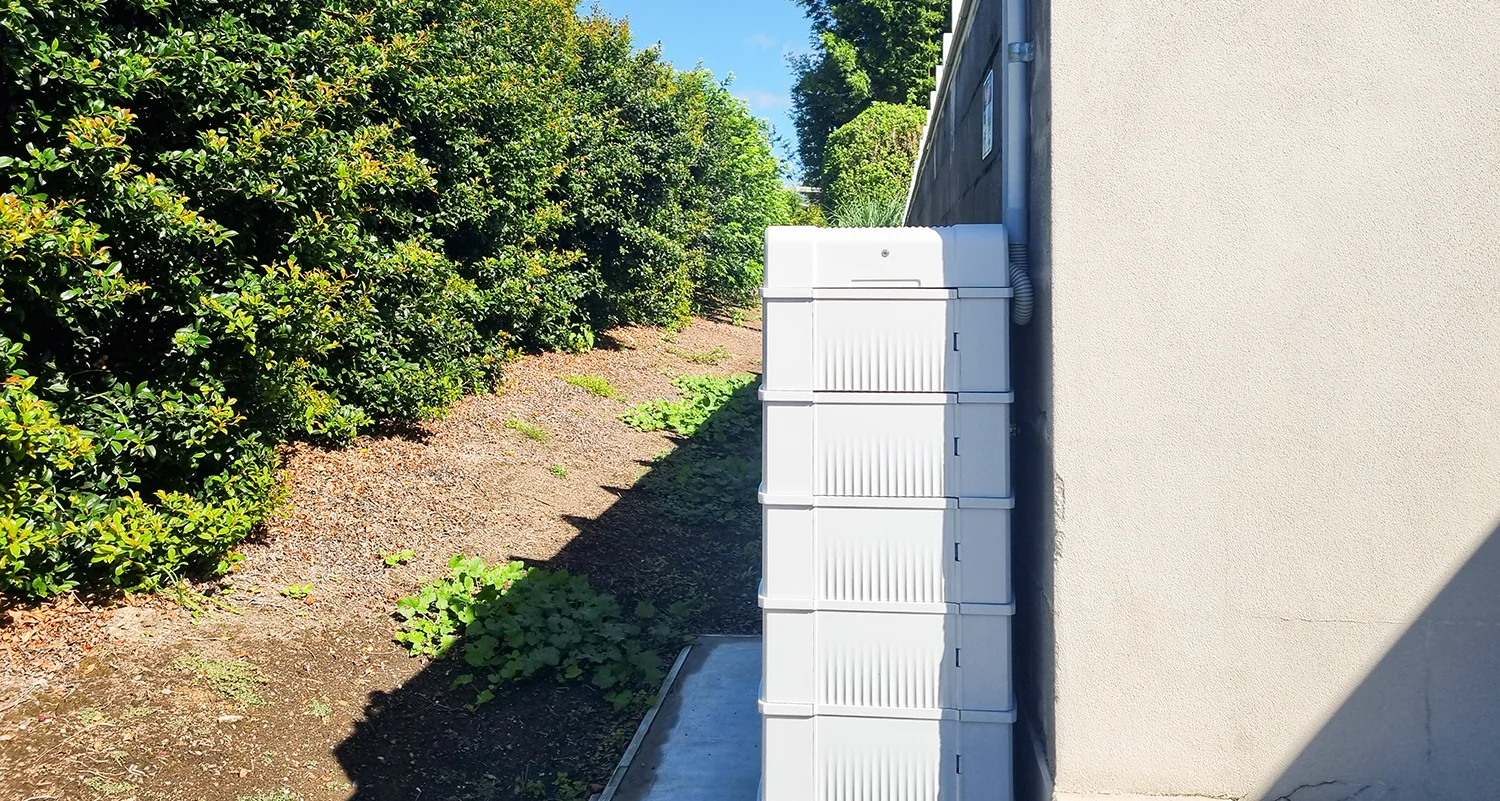
Being the more cost-effective battery option for most properties, Sungrow generally have more-affordable battery storage options that can come in a couple of hundred dollars cheaper, depending on the model, capacity, and installation requirements.
BYD have set their Battery-Box series to be on the more premium side, being the choice for Fronius systems which is considered the more premium system.
As every installation will vary in pricing due to site-specific elements, we can still compare indicative pricing differences between Sungrow and BYD battery storage.
If we compare the same capacity across each battery option, we can get a better idea on price differences between Sungrow SBR, SBH, and BYD Battery-Box.
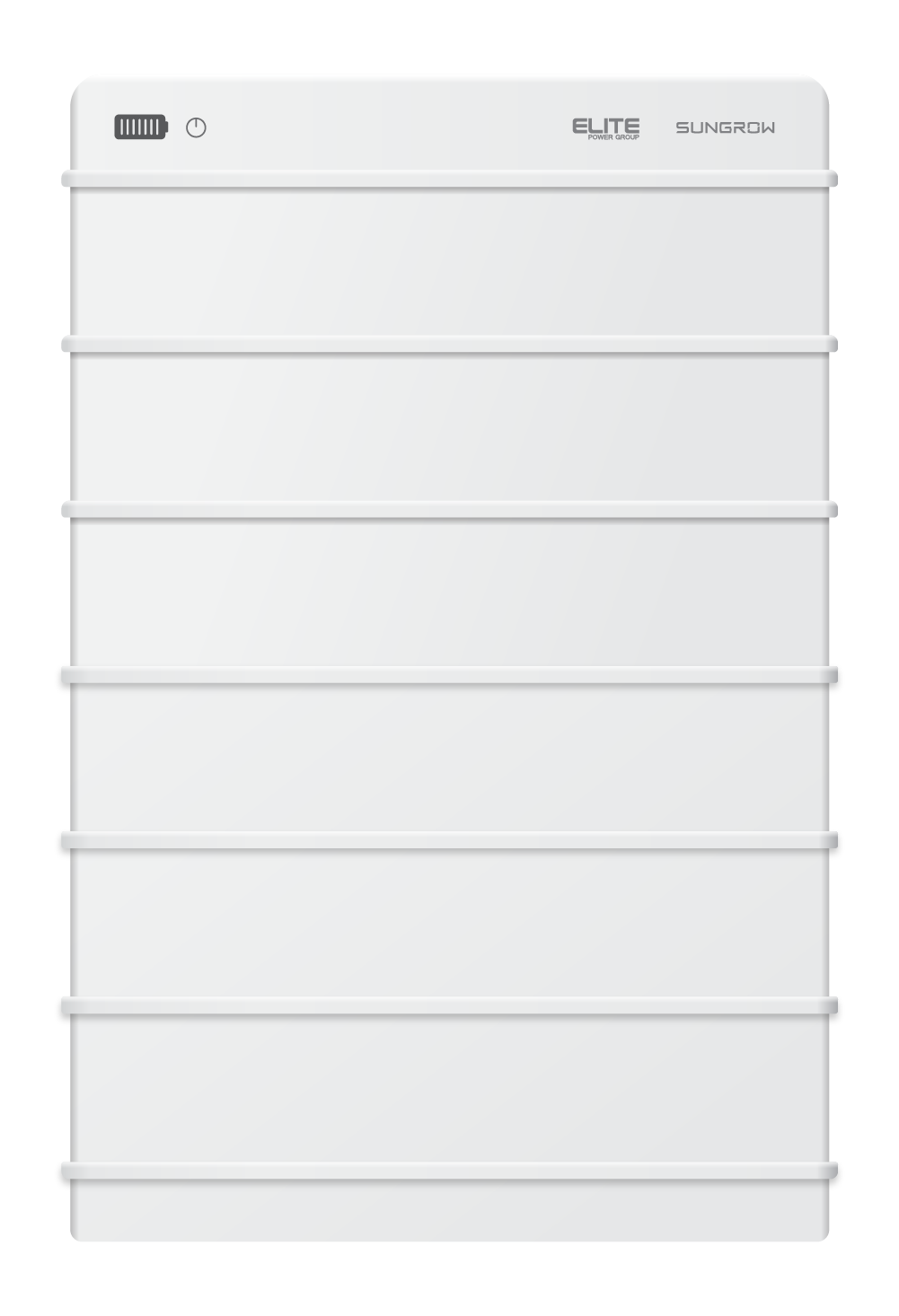
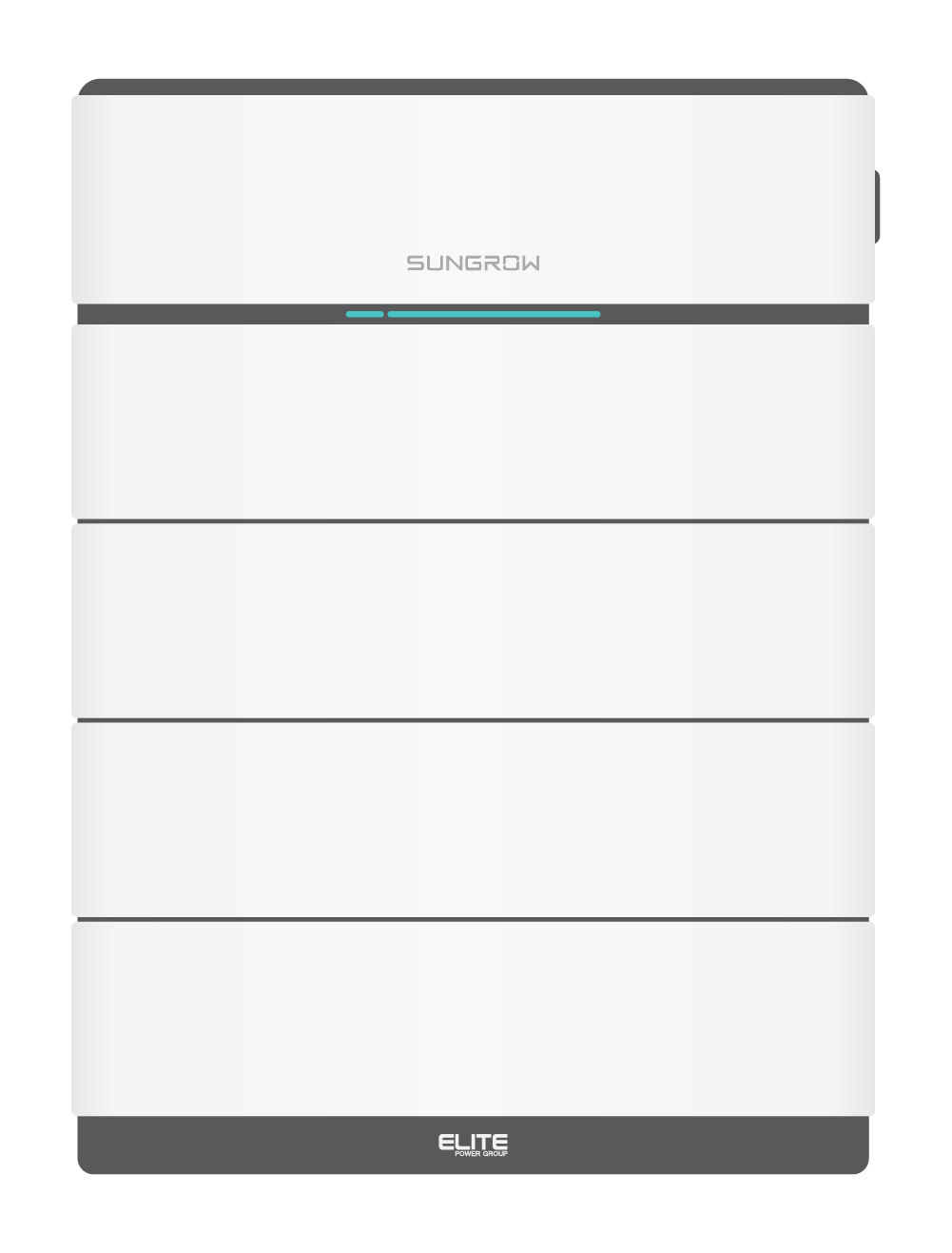
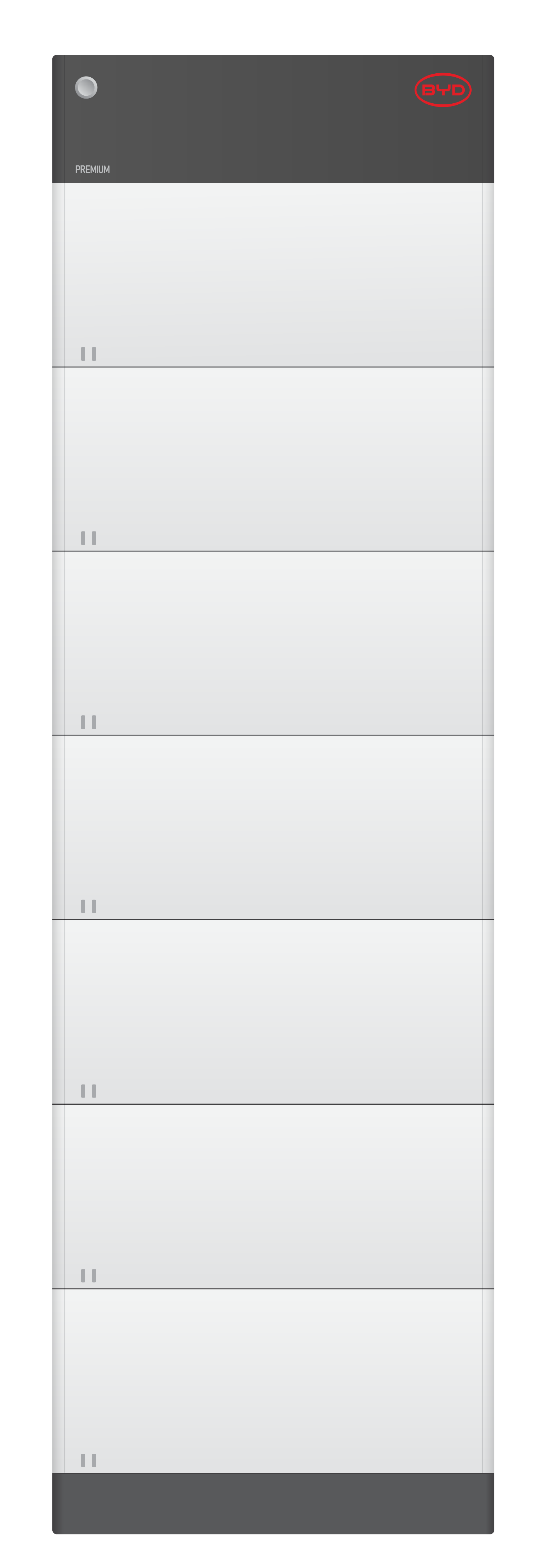
*Supply only prices are indicative and are subject to site inspection. For an accurate quote, please reach out.
| CAPACITY REQUIREMENT | SUITABLE SINGLE-STACK MODEL | ||
| BYD BATTERY-BOX |
SUNGROW SBR | SUNGROW SBH |
|
| 6kWh |
8.3 kWh |
6.4 kWh |
- |
| 7kWh |
8.3 kWh |
9.6 kWh |
- |
| 8kWh |
8.3 kWh |
9.6 kWh |
- |
| 9kWh |
11 kWh |
9.6 kWh |
- |
| 10kWh |
11 kWh |
9.6 kWh |
- |
| 11kWh |
11 kWh |
12.8 kWh |
- |
| 12kWh |
13.8 kWh |
12.8 kWh |
- |
| 13kWh |
13.8 kWh |
12.8 kWh |
- |
| 14kWh |
13.8 kWh |
12.8 kWh |
- |
| 15kWh |
16.6 kWh |
12.8 kWh |
- |
| 16kWh |
16.6 kWh |
16 kWh |
- |
| 17kWh |
16.6 kWh |
16 kWh |
- |
| 18kWh |
19.3 kWh |
16 kWh |
- |
| 19kWh |
19.3 kWh |
19.2 kWh |
- |
| 20kWh |
22.1 kWh |
19.2 kWh |
20 kWh |
| 21kWh |
22.1 kWh |
19.2 kWh |
20 kWh |
| 22kWh |
22.1 kWh |
22.4 kWh |
20 kWh |
| 23kWh |
- |
22.4 kWh |
20 kWh |
| 24kWh |
- |
22.4 kWh |
20 kWh |
| 25kWh |
- |
25.6 kWh |
25 kWh |
| 30kWh |
- |
- |
30 kWh |
| 35kWh |
- |
- |
35 kWh |
| 40kWh |
- |
- |
40 kWh |
Battery models from both brands consist of similar warranty and performance coverage with elements like 70% retention warranty over 10 years being the same to be eligible for battery incentives in Australia.
Another similarity between Sungrow and BYD battery storage is that each line up of battery models consist of Lithium Iron Phosphate battery technology which is recognised for its excellent safety and resistance to thermal runaway. More on battery risks here.
Each battery unit is built with quality materials, which is designed and manufactured for the harsh Australian weather for both indoor and outdoor applications.
You can also compare Sungrow batteries with Tesla Powerwall 3 here.

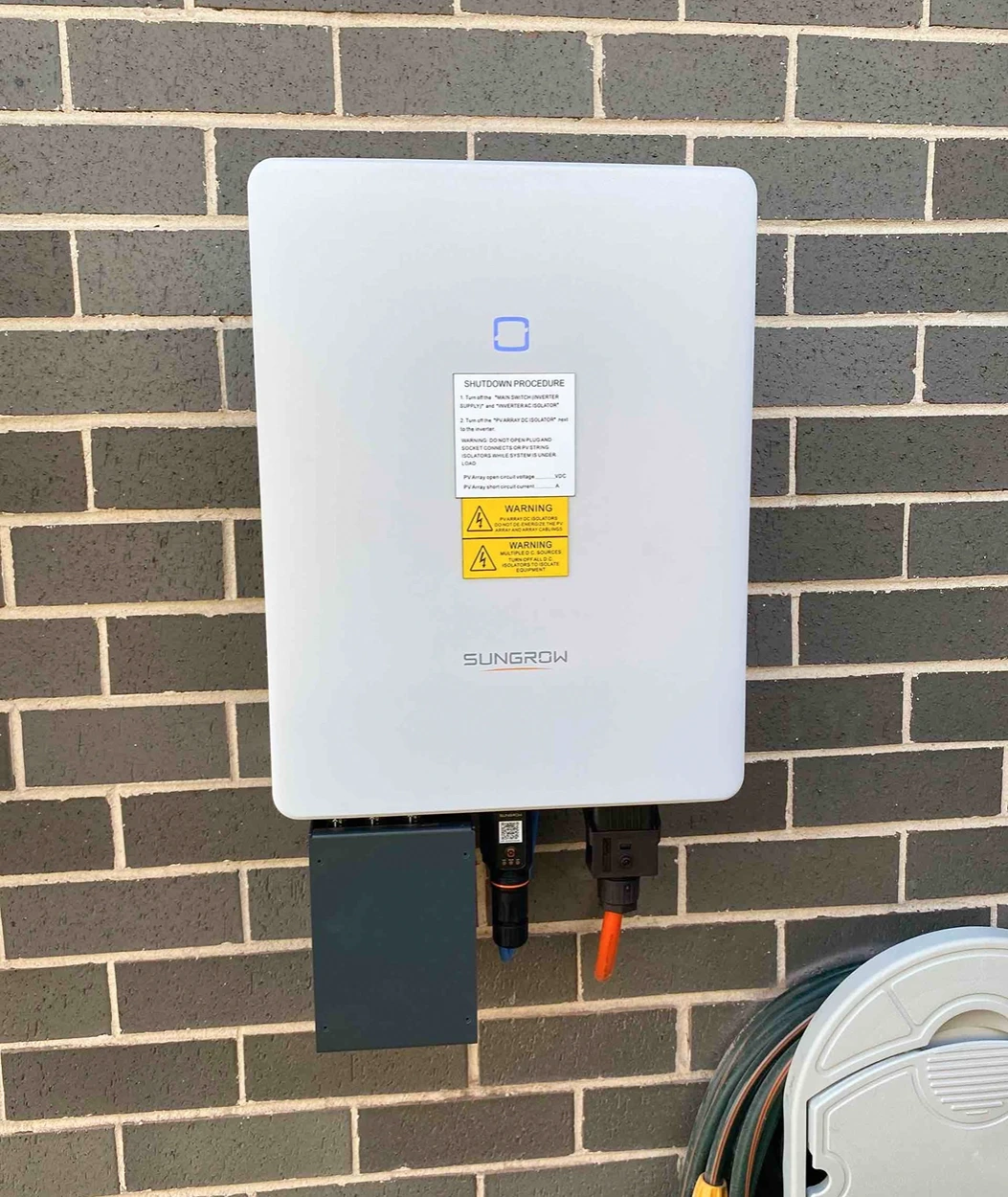
Both Sungrow and BYD are Chinese-based battery manufacturers. BYD was first founded on February 10th, 1995, and Sungrow was founded on November 28th, 1997.
BYD have taken the route of becoming a global leader in manufacturing electric vehicles and battery technology like the BYD blade and their larger commercial batteries.
Sungrow have implemented themselves as industry leaders in solar and battery systems for both residential and commercial applications by developing both solar inverters, batteries, and monitoring software for complete single-brand integration.
Along with the other brands we install like Tesla, BYD and Sungrow are highly reputable, and offer strong warranty coverage, as well as commissioning processes to ensure battery installations are as easy as possible.
Both brand batteries are also available and compatible of joining a Virtual Power Plant network.
As installers of both Sungrow and BYD battery storage options, we can say that both brands will provide homes and businesses with reliable energy storage.
With similar battery choices at common capacity ranges, deciding on a BYD or Sungrow battery really comes down to the application. If you have a Sungrow inverter, a Sungrow battery will be better. If you have a Fronius inverter, then a BYD Battery-Box will be a better fit.
To find out what system is best for you and your property, feel free to reach out as we provide free quotes and consultation!
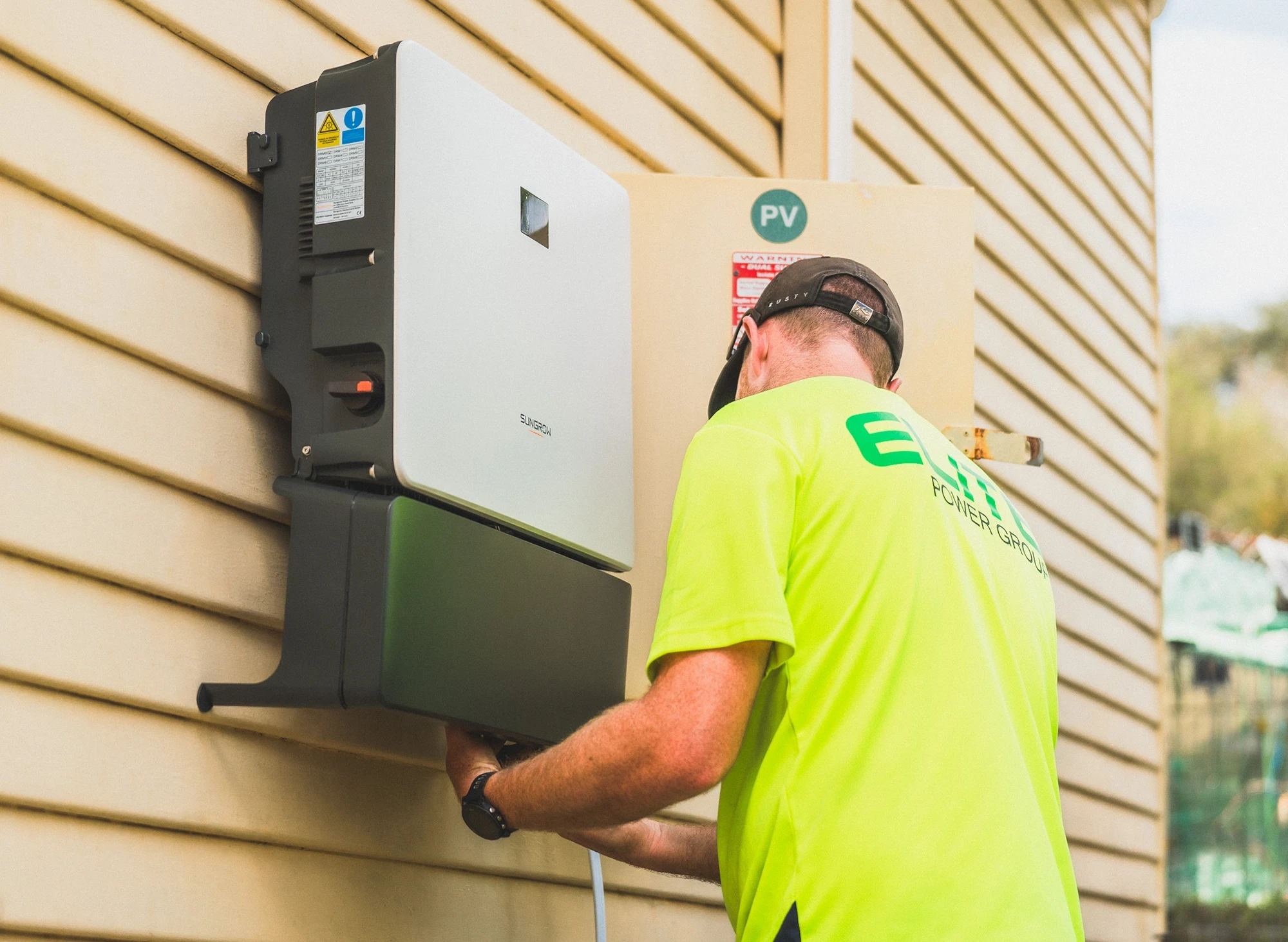
Explore the difference between solar inverter types like grid-tied, hybrid, microinverters, and off-grid inverters for solar and battery systems in Australia.
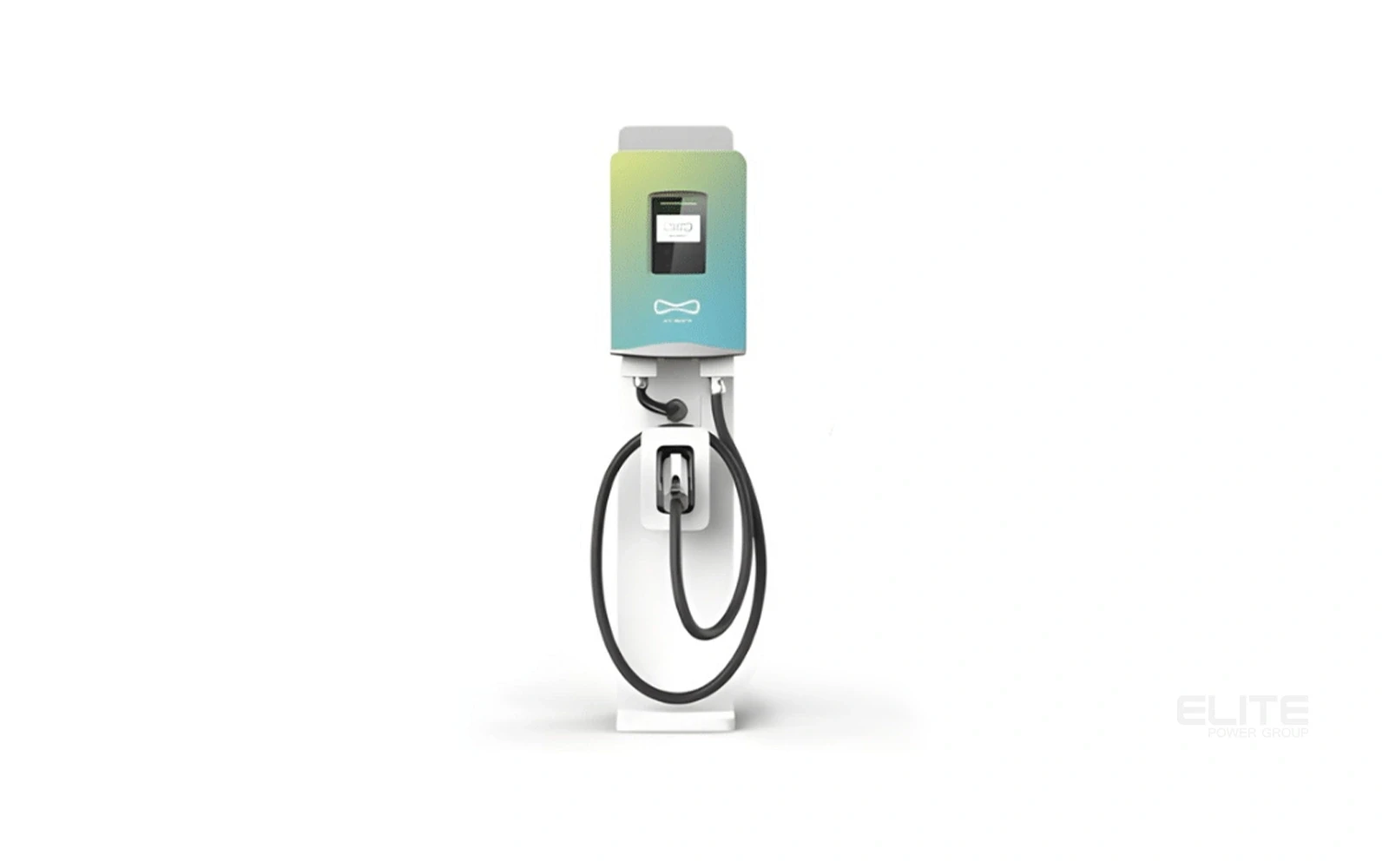
Explore Australia's first CEC-approved bidirectional and vehicle-to-grid capable electric vehicle, the V2Grid Numbat, a 6.2kW V2G/H charger now ready.
Renewable News Articles
Not only are we specialists in solar power, but we pride ourselves in being leading installers in battery
storage, as well as EV charging for homes and businesses. For solar and battery systems, we offer both on and off-grid solutions for a
range of applications.
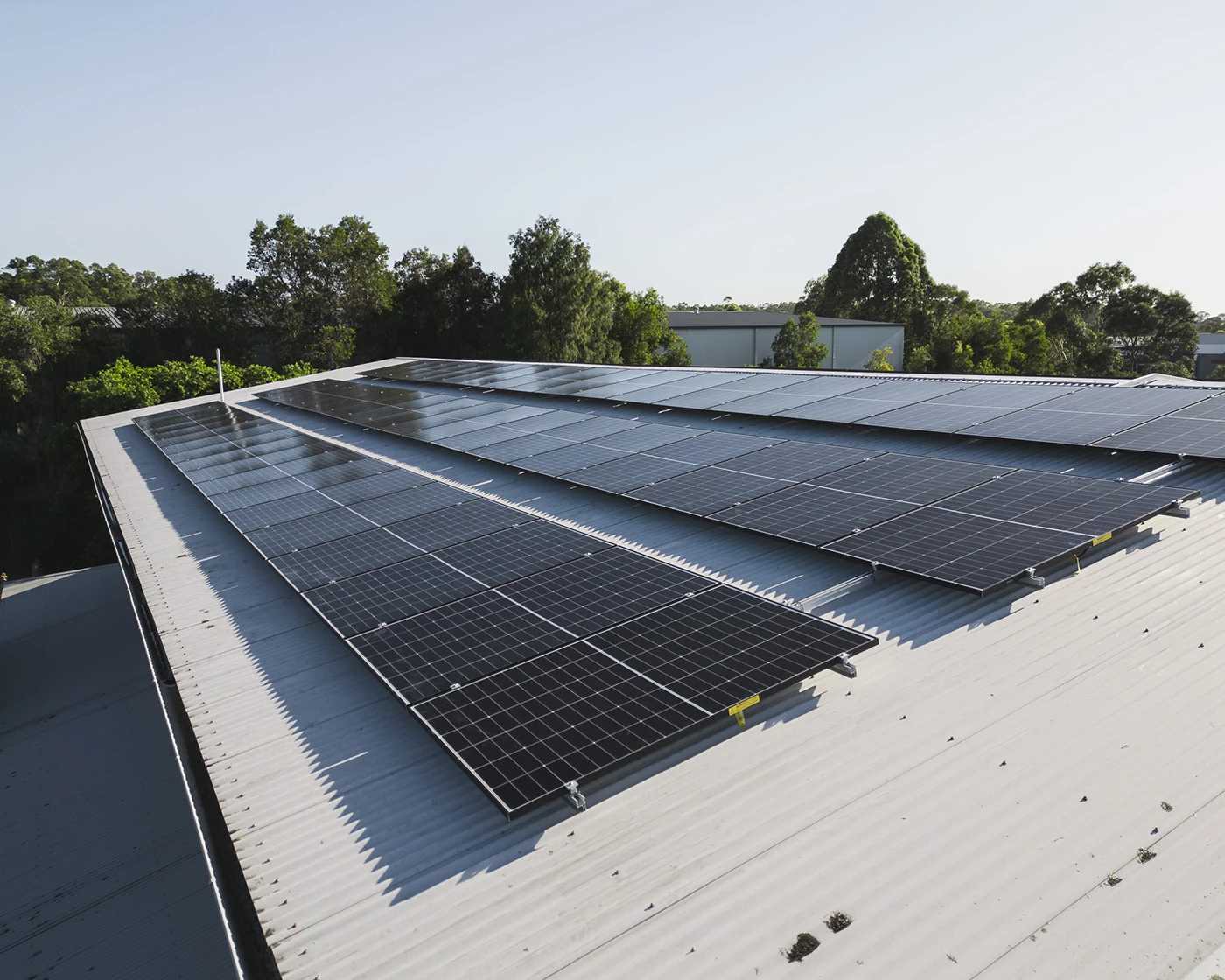
Newcastle's leading solar installers, providing long-lasting residential and commercial rooftop solar systems.

Experts in both residential and commercial electric vehicle charging station installations from 7kW - 360kW+.
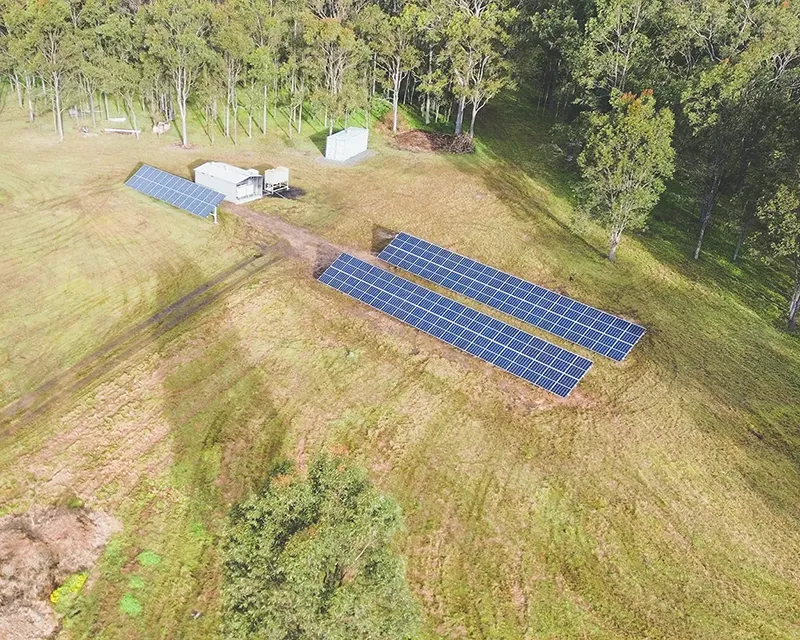
Specialists in off-grid solar and battery, helping properties never have to pay another electricity bill again.
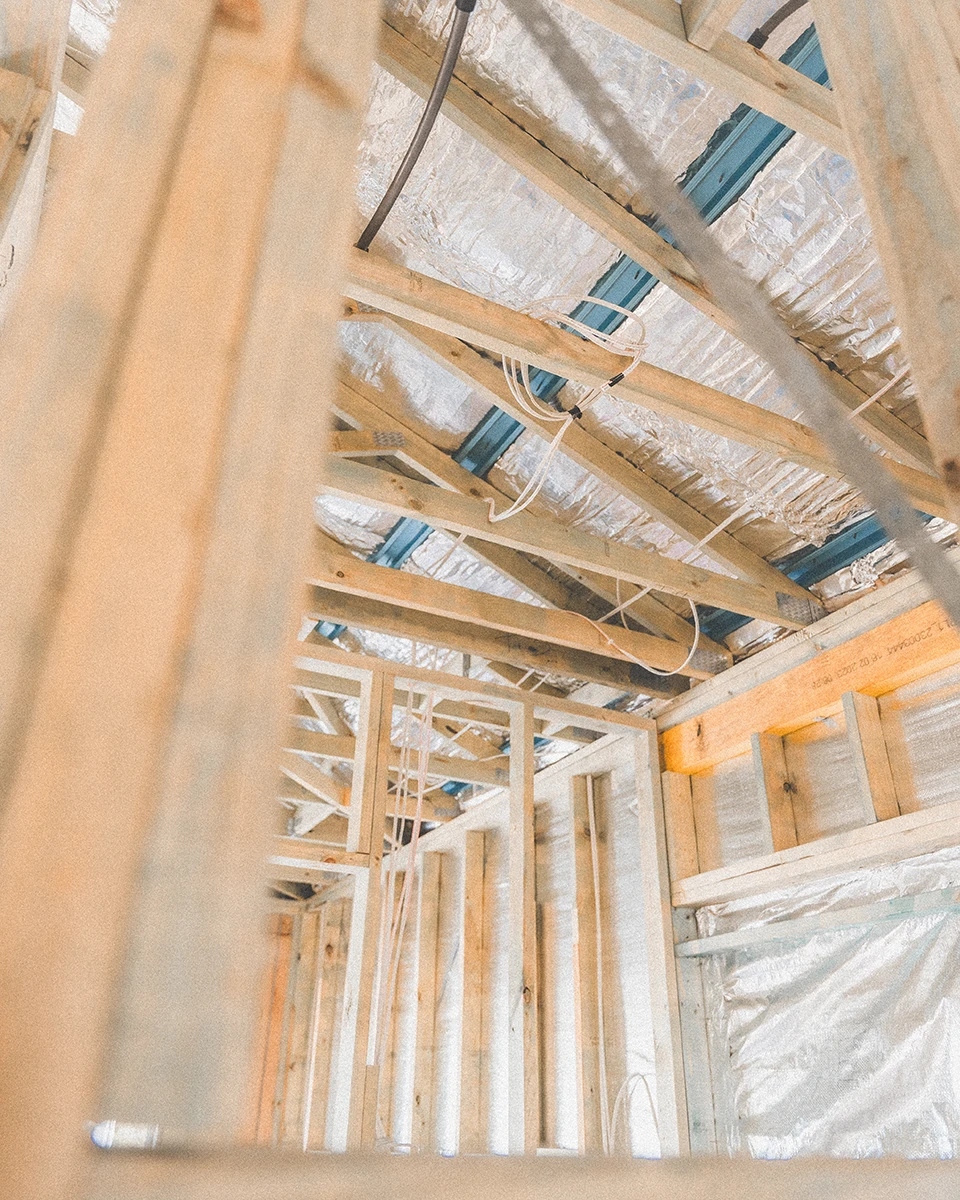
With decades of electrical and industry experience, our fully-qualified & licensed electricians are here to help.
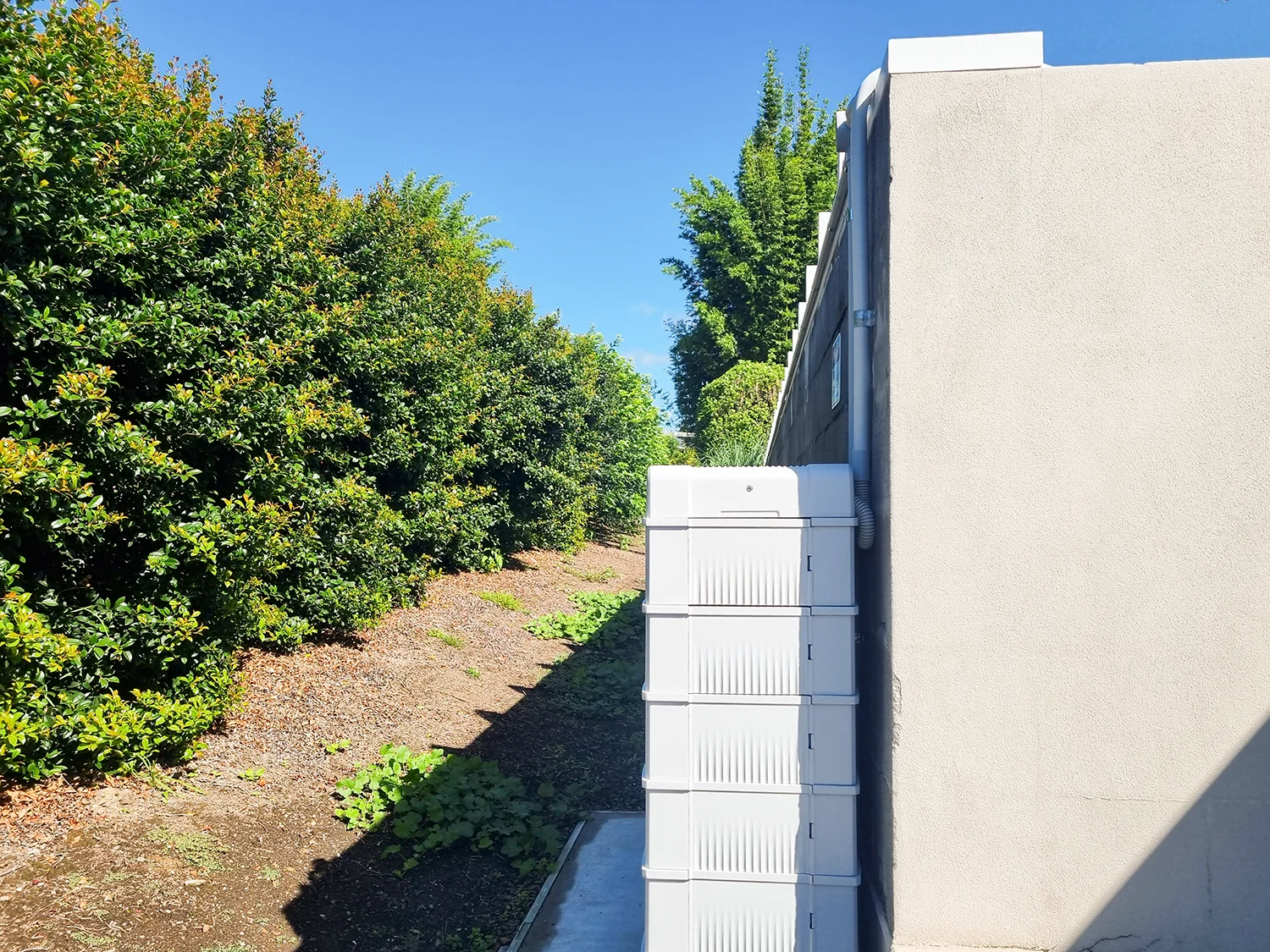
Maximise your solar generation with battery storage from reputable brands to accelerate return-on-investment.
Leave a Comment